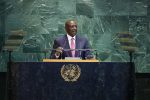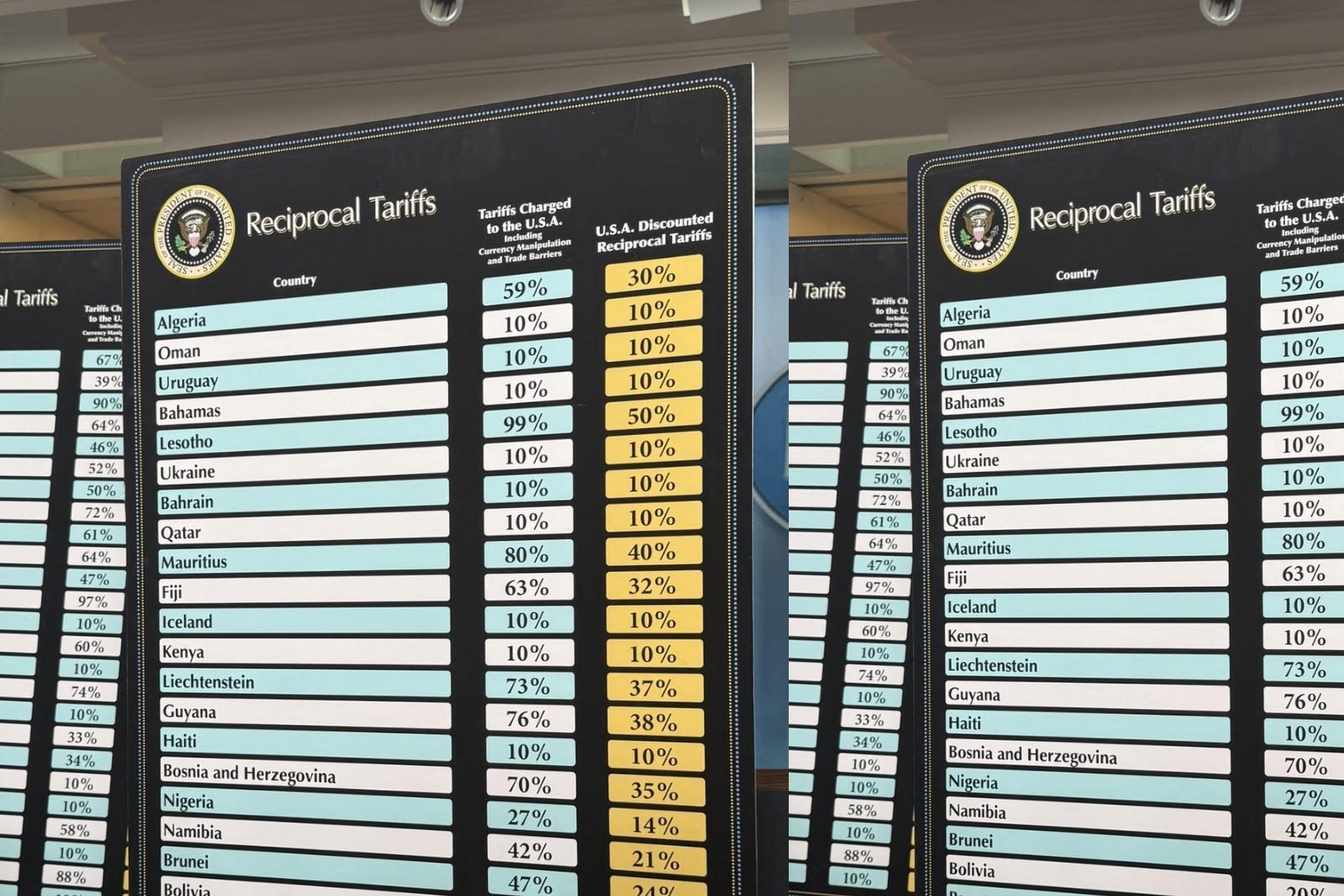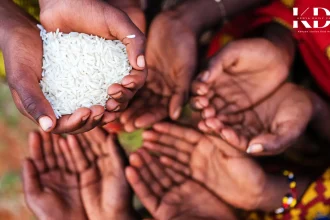On April 2, 2025, President Donald Trump announced a new trade policy, imposing a baseline 10 per cent tariff on all imports to the United States. This “reciprocal tariff” (meaning the U.S. is imposing a 10 per cent tariff on Kenyan goods, and potentially expecting similar tariffs on U.S. goods entering Kenya) is part of a broader shift, with higher tariffs on countries with significant trade imbalances.
While nations like China (34 per cent), the European Union (20 per cent), and Vietnam (46 per cent) face steeper duties, Kenya falls under the default 10 per cent baseline tariff, effective April 5, 2025. This has significant implications for Kenya’s economy, trade relations, and export-driven sectors.
Kenya’s trade relationship with the United States is substantial. The U.S. is a major export market for Kenyan apparel, tea, coffee, and horticultural products like flowers and vegetables.
In 2024, U.S. goods exports to Kenya were $782.5 million (KSh101.04 billion), a 61.4 per cent increase ($297.8 million or KSh38.41 billion) from 2023. U.S. goods imports from Kenya in 2024 were $737.3 million (KSh95.11 billion), a 17.5 per cent decrease ($156.7 million or KSh20.21 billion) from 2023.
The 10 per cent tariff translates to an estimated $100 million (KSh12.90 billion) in additional costs for Kenyan exporters seeking to maintain their current market share in the United States. This added expense could squeeze profit margins, particularly for small-scale farmers and businesses that dominate these industries.
Sector-Specific Impacts
The apparel sector, a key beneficiary of the African Growth and Opportunity Act (AGOA), which allows duty-free access to the U.S. market for many African goods, may face uncertainty. While AGOA remains in place, the new tariff could apply to non-AGOA-eligible goods or signal a broader shift in U.S. trade policy, potentially threatening Kenya’s competitive edge in items like denim and cotton clothing.
Tea and coffee, significant contributors to Kenya’s export earnings, may see reduced demand. If U.S. importers pass the tariff costs onto consumers, prices will rise, making Kenyan products less attractive compared to untaxed domestic alternatives or imports from exempted countries like Canada.
The tariff’s impact extends beyond exporters to the broader Kenyan economy. Agriculture, employing over 70 per cent of Kenya’s workforce, is particularly vulnerable. A drop in U.S. demand for tea, coffee, or flowers (like roses) could lead to lower earnings for farmers, reduced tax revenue, and potential job losses in rural areas. Textile workers in export processing zones, already operating on thin margins, might also face layoffs if orders decline.
Kenya’s government, which has been pushing to deepen trade ties with the U.S. through a proposed Strategic Trade and Investment Partnership (STIP), may now face pressure to renegotiate terms or seek exemptions. The tariff could also strain foreign exchange reserves, as reduced export earnings limit the inflow of U.S. dollars needed for imports and debt servicing.
The 10 per cent tariff reflects a U.S. response to perceived imbalances, though Kenya’s trade surplus with the U.S. is modest compared to giants like China. The tariff is “discounted” relative to Kenya’s 16 per cent VAT on U.S. goods, suggesting a calculated move to avoid escalation while pressuring Kenya to lower its barriers.
This places Kenya in a delicate position. Retaliating with higher tariffs on U.S. imports risks alienating a key partner, while absorbing the cost could weaken its bargaining power.
Kenya might pivot to alternative markets like the European Union, China, or regional African partners under the African Continental Free Trade Area (AfCFTA). However, shifting supply chains takes time, and the U.S. market’s size and purchasing power are hard to replace quickly. Diplomatic efforts to secure an exemption, as Canada has, could be an option, though Kenya lacks the leverage of a shared border or integrated economy.
The tariff is part of a broader U.S. policy shift that has rattled global markets. For Kenya, the immediate challenge is mitigating the economic fallout while navigating a more protectionist U.S. stance. In the long term, the tariff could spur Kenya to diversify its export base and reduce reliance on traditional markets – a silver lining if it accelerates structural reforms.
In the short term, however, the 10 per cent tariff is a headwind for Kenya’s economy. It raises costs, threatens jobs, and tests the resilience of its trade strategy. As the policy takes effect, all eyes will be on how Nairobi responds – through negotiation, adaptation, or a bit of both – to safeguard its economic interests in an increasingly uncertain global trade landscape.












